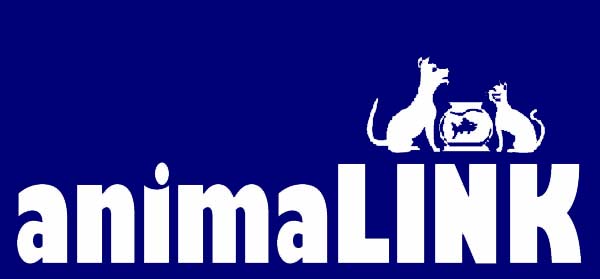 creating beneficial human-animal
interactions
creating beneficial human-animal
interactions
|
|
|
student RESOURCES
aaa and aat APPLICATIONAnimals impact us. As science continues to demonstrate, our companion animals affect both our physiological and psychological well being. These benefits are beginning to be demonstrated within the construct of AAA and AAT programs as well. However, AAA and AAT operate in many guises. Many people think pets only visit nursing homes to provide companionship. While many animals do just this, you might be surprised at other places they are showing up! Did you know that AAA and AAT animals frequently provide beneficial human-animal interactions at:
We’re finding that our imaginations are the only limit of AAA and AAT applications. And our animals are only beginning to show what they can do for others!
researching AAA & AATFinding Literature that addresses AAA & AAT topics is often a frustrating process despite the availability of scientific and medical computer databases. AAA and AAT may be used as keywords, but frequently, one must search indirectly. The following list of keywords can be helpful in locating pertinent journal articles.
Published scientific studies on AAA and AAT documenting the therapeutic benefits of visiting animals remain infrequent in the literature. On the other hand, “soft” feature articles and anecdotal testimonials frequently appear in newspapers and magazines. The latter are great sources for specific activity or procedure ideas. However, remember that only journal articles are considered original research sources! Books on AAA and AAT are also few. Delta Society (see links) is currently the best source for texts related to AAA and AAT. Web and local bookstores can also access books on volunteering with pets, therapy animals, and using animals in health care practices. As health care and education professionals, don’t overlook the information available from your colleagues. Don’t be shy about requesting copies of policies and procedures, their reference lists or their books - they just might be harboring an unusual source of information. And their experience can provide shortcuts in implementing your own ideas.
class PROJECTSCreate a Visiting Animal Kit—you might include toys for the animal, equipment like grooming tools, and wet-wipes for cleaning hands after the visit. Program Goal Perspectives—Start with 3-5 groups, each assigned a specific profession (e.g. teacher, pediatrics nurse, physical therapist) - have each group write goals for their AAA or AAT program then compare. Animals & People—List different client populations, their special needs and then brainstorm species of domestic animals that might be most appropriate for them. (e.g. oncology patients, guinea pigs…)
|